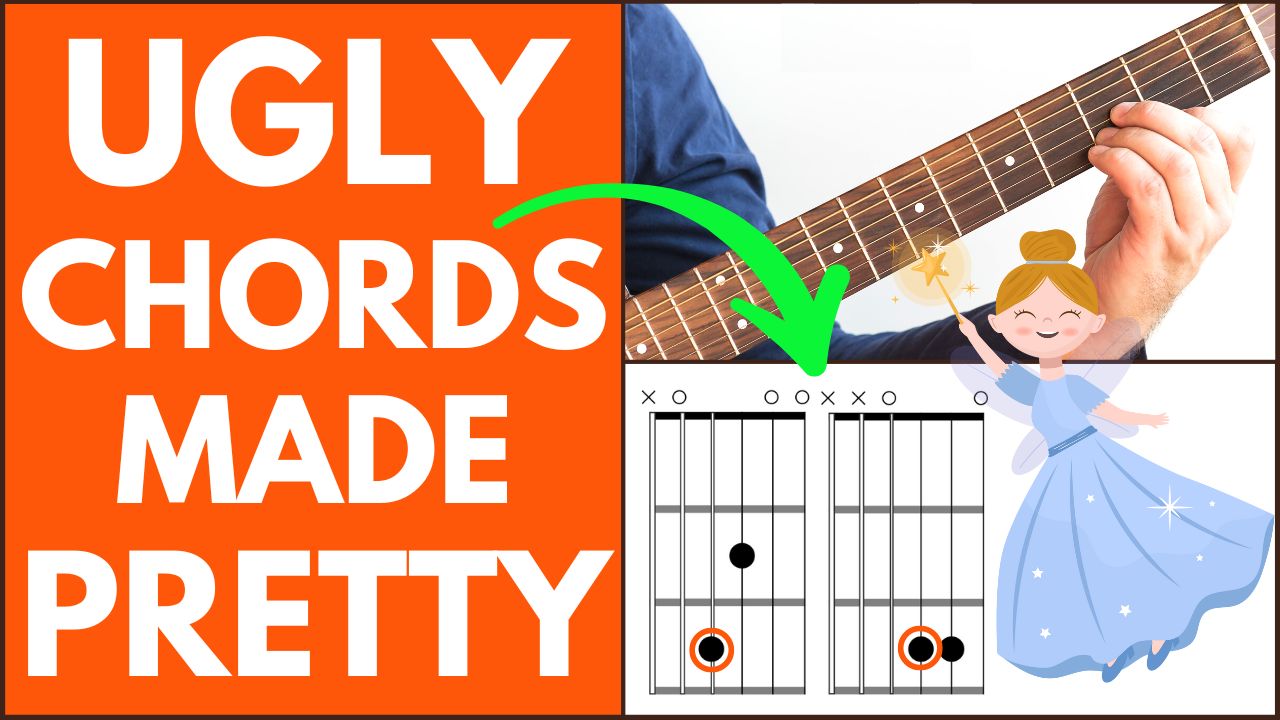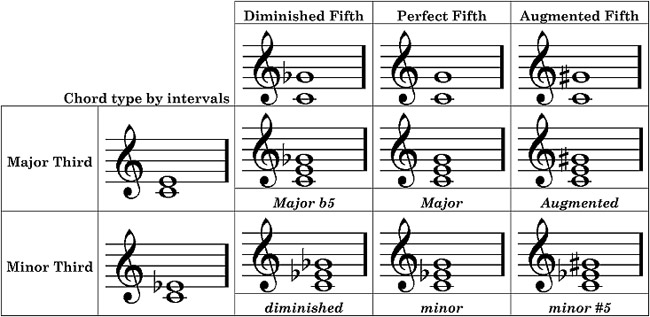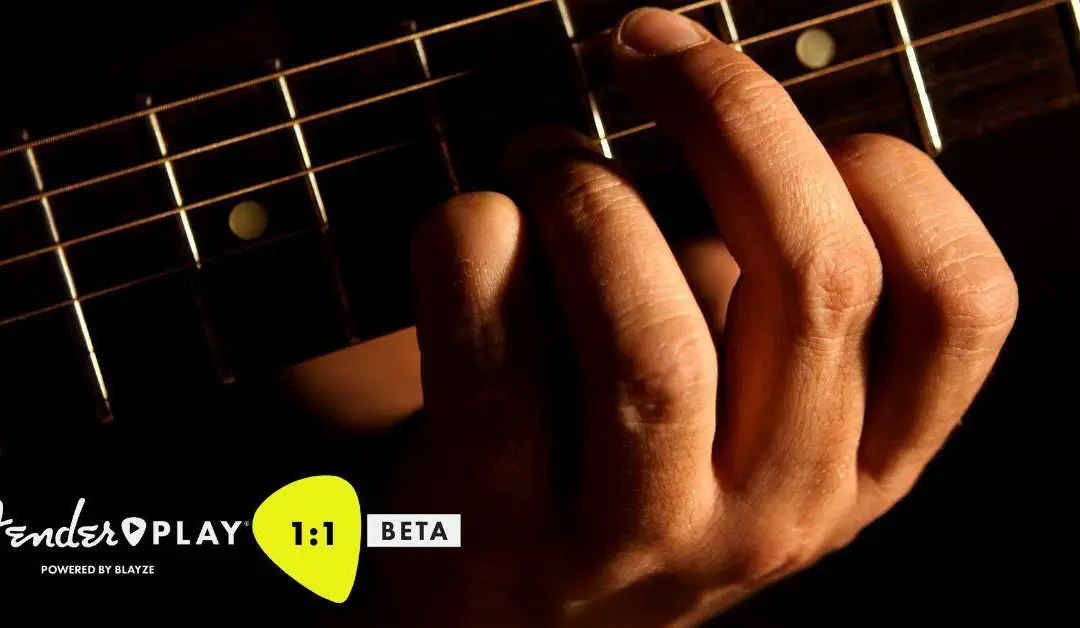Are you tired of feeling like a musical mastermind one minute, only to be stumped by tricky guitar chords the next? Fear not, fellow fretboard enthusiasts, for I am here to uncover the mysteries of harmony and help you become a chord connoisseur. Grab your guitar and get ready to embark on a journey through the hidden world of chord theory - where even the most complex progressions can be conquered with a touch of wit and a hint of humor. Let’s dive into the depths of harmony together, and emerge as true chord champions!
Contents
- 1 Unlocking the Foundations of Guitar Chord Theory
- 2 Exploring the Major and Minor Scale Mysteries
- 3 The Intricacies of Chord Construction and Progression
- 4 Beyond Basics: Diminished and Augmented Chords
- 5 Harmonizing Melodies: The Art of Creating Cohesive Soundscapes
- 6 Advanced Techniques: Modulation and Chord Substitution in Songwriting
- 7 Chord Inversions: A Gateway to Richer Harmonies and Improved Fretboard Navigation
- 8 FAQs
- 9 Rock On!
Unlocking the Foundations of Guitar Chord Theory
Welcome fellow guitar enthusiasts! Are you tired of feeling lost when it comes to understanding chord theory on the guitar? Fear not, for we are here to unlock the mysterious foundations of guitar chord theory!
Let’s start off by breaking down the basics. Chords are made up of three or more different notes played together to create harmony. These notes are based on a particular scale, which determines the chord’s quality. Understanding this relationship is key to mastering chord theory.
Next, let’s delve into the types of chords you’ll encounter on your guitar journey:
- Major Chords: These chords are like the happy puppies of the chord world, bringing a sense of joy to any song.
- Minor Chords: The emo cousins of major chords, these add a touch of melancholy and depth to your music.
- Diminished Chords: The mysterious and brooding chords that bring a sense of tension and suspense.
By understanding the relationship between scales and chords, you’ll be able to unlock a whole new world of musical possibilities on your guitar. So grab your guitar, tune those strings, and let’s dive headfirst into the magical world of guitar chord theory!
Exploring the Major and Minor Scale Mysteries
Have you ever wandered through the musical countryside of major and minor scales, only to find yourself lost in a labyrinth of sharps and flats? Fear not, for we are here to guide you through the mysteries of these enchanting scales.
At first glance, major scales may seem like the popular kids of the musical world, with their bright and happy sound. But don’t be fooled – beneath their cheerful exterior lies a complex web of intervals and tones that can confound even the most seasoned musician. And let’s not forget about their rebellious cousins, the minor scales, with their moody vibes and mysterious allure.
As you delve deeper into the world of major and minor scales, you’ll discover the hidden secrets that make each scale unique. From the hauntingly beautiful harmonic minor scale to the uplifting lydian mode, there’s a whole universe of musical possibilities waiting to be explored.
So grab your musical compass and embark on a journey through the major and minor scale mysteries. Who knows what magical melodies you’ll uncover along the way?

The Intricacies of Chord Construction and Progression
Have you ever tried to construct a chord only to end up with a cacophony of sounds that make your ears beg for mercy? Fear not, for the world of chord construction and progression is a mysterious one, full of twists and turns that can leave even the most seasoned musicians scratching their heads in confusion.
One of the trickiest aspects of chord construction is understanding the different intervals that make up a chord. From the humble triad to the complex jazz chords, each chord has its own unique combination of intervals that determine its sound. So next time you sit down to play a chord, remember that it’s not just about hitting a bunch of notes at random – there’s a method to the madness!
And let’s not forget about chord progressions – the secret sauce that gives a song its emotional depth and momentum. Whether you’re rocking out to a classic rock anthem or getting your groove on to a funky jazz tune, the right chord progression can make or break a song. So don’t be afraid to experiment with different progressions to see what works best for your musical masterpiece.
In conclusion, the world of chord construction and progression is a wild and wonderful place, full of surprises at every turn. So grab your guitar, piano, or whatever instrument tickles your fancy, and dive headfirst into the magical world of chords. Who knows, you might just stumble upon the musical equation that unlocks the secrets of the universe (or at least makes for a killer jam session).

Beyond Basics: Diminished and Augmented Chords
So you’ve mastered your major and minor chords, huh? Feeling pretty confident in your chord progressions? Well, buckle up, because we’re about to dive into the world of diminished and augmented chords!
Diminished chords are like the rebellious teenagers of the chord family – they’re dissonant, edgy, and just a little bit misunderstood. They’re made up of a root note, a minor third, and a diminished fifth. Think of them as the original emo kids of music theory.
On the other hand, augmented chords are like the quirky, eccentric aunt that everyone secretly adores. They’re made up of a root note, a major third, and an augmented fifth. They’re like the unicorn of chords – rare, magical, and always guaranteed to add a touch of whimsy to your compositions.
So next time you’re jamming out on your guitar or tickling the ivories on the piano, don’t be afraid to experiment with diminished and augmented chords. Who knows, you might just discover a whole new dimension to your music that you never knew existed!

Harmonizing Melodies: The Art of Creating Cohesive Soundscapes
Have you ever noticed how some songs just flow together seamlessly, like a perfectly choreographed dance of notes and chords? That’s the magic of harmonizing melodies, creating a cohesive soundscape that transports listeners to another world. It’s like putting together a puzzle, finding the right pieces to fit together perfectly.
One key element in creating a harmonious soundscape is choosing melodies that complement each other. Think of it like a buddy cop movie – you want two melodies that may have different styles or personalities, but ultimately work together to solve the case (or in this case, create a killer track). Whether it’s a soaring guitar riff or a haunting piano melody, each part should enhance the other, creating a dynamic and engaging listening experience.
Another important aspect of harmonizing melodies is layering – blending different elements together to create a rich and textured sound. It’s like making a delicious lasagna – you need a solid base (maybe a meaty bassline) and then layer on top some spicy guitar licks, tangy keyboard riffs, and a sprinkle of vocal harmonies. Each layer adds depth and complexity, making the final product a satisfying musical feast for the ears.
So next time you’re working on a new track, remember the art of harmonizing melodies – finding the right pieces, blending them together, and creating a cohesive soundscape that will leave your listeners begging for an encore. Embrace the challenge, experiment with different combinations, and let your creativity run wild. Who knows what musical magic you’ll create?
Advanced Techniques: Modulation and Chord Substitution in Songwriting
So you think you’re a master songwriter? Well, let’s take it up a notch with some advanced techniques that will really impress your fans (and maybe even confuse your bandmates).
First up, let’s talk about modulation. This fancy term basically means changing key within a song. It’s like taking your listeners on a musical rollercoaster ride – one minute they’re cruising along in your comfortable home key, and the next they’re being flung into a completely new world of sound. And who doesn’t love a good musical surprise?
Next, let’s delve into chord substitution. This is where you swap out a chord in your progression with a different one that has a similar function. It’s like playing a game of musical Mad Libs – just when your listeners think they know what chord is coming next, you hit them with a curveball. It keeps them on their toes and adds an air of mystery to your songwriting.
So there you have it, budding songwriting geniuses. With modulation and chord substitution in your arsenal, you’ll be crafting songs that are anything but predictable. Just remember – with great power comes great responsibility (to not totally confuse your bandmates).
Imagine you’re strumming away on your guitar, feeling like a rockstar, when suddenly you hit a chord that sounds a little off. But fear not, fellow guitarist, for that chord inversion might just be the key to unlocking a whole new world of harmonies and fretboard navigation.
With chord inversions, you can take your basic triads and spice them up by changing the order of the notes. This not only gives your chords a richer, more complex sound, but it also allows you to smoothly transition between different chords on the fretboard.
So how can chord inversions improve your playing? Well, for starters, they can help you break out of a rut and experiment with new sounds. By incorporating inversions into your playing, you’ll be able to add depth and variety to your music, making it more interesting for both you and your audience.
Don’t be afraid to dive into the world of chord inversions. With a little practice and experimentation, you’ll soon be amazed at the new sounds you can create and the improved navigation of the fretboard that comes along with it. So next time you hit a wonky chord, remember that it might just be the gateway to a whole new level of musical creativity.
FAQs
Why is mastering chord theory important for guitarists?
Well, my friend, imagine trying to cook a gourmet meal without knowing the difference between salt and sugar. That’s what it’s like trying to play the guitar without understanding chord theory. It’s the foundation of everything you play, so mastering it is key to becoming a rockstar.
What are some common misconceptions about chord theory?
One common misconception is that you need to be a music theory genius to understand chord theory. But fear not! You don’t need a PhD in musicology to grasp the basics. Another misconception is that chord theory is boring. Trust me, once you start unraveling the secrets of harmony, you’ll be hooked!
Can mastering chord theory help with songwriting?
Absolutely! Understanding chord theory can take your songwriting skills to the next level. It allows you to experiment with different chord progressions, creating unique and captivating melodies. Who knows, you might just pen the next chart-topping hit!
How can beginners start learning chord theory?
For beginners, I recommend starting with the basics. Learn how major and minor chords are constructed, and practice playing simple chord progressions. There are plenty of online resources and tutorials that can help you get started on your chord theory journey. Just remember, Rome wasn’t built in a day, so be patient and keep strumming!
Rock On!
Now that you’ve unlocked the mysteries of guitar chord theory, it’s time to rock out like never before! With your newfound knowledge of harmony, you’ll be dazzling crowds with your killer riffs and jaw-dropping solos in no time. So grab your guitar, strum your chords, and let the music take you to new heights. Keep practicing, keep perfecting, and soon enough you’ll be a true guitar virtuoso. Rock on, my friends!



